Discover advanced therapies, tailored to your needs, that can be delivered in our clinics, at home, or onsite at your workplace.
Golfer’s Elbow (medial epicondylitis) and Tennis Elbow (lateral epicondylitis) are conditions caused by overuse or strain on the tendons of the forearm. These injuries result in pain, inflammation, and reduced grip strength, significantly affecting daily activities and athletic performance.
Without effective treatment, the pain can persist or worsen, making it essential to address the root causes and promote tissue repair.
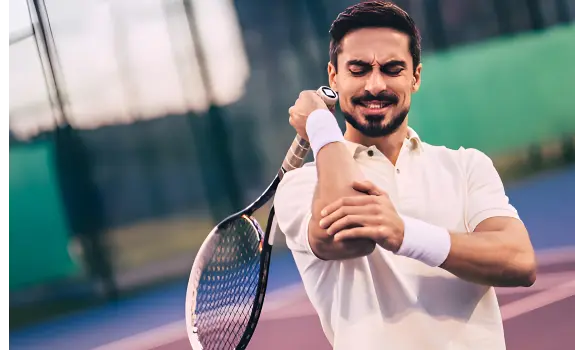
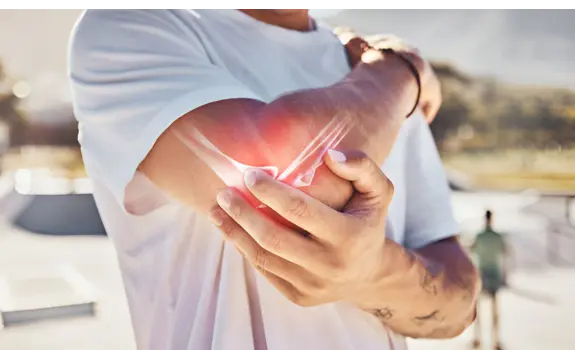
Golfer’s and Tennis Elbow, also known as medial and lateral epicondylitis, can cause significant pain and limit your ability to perform daily activities. We use advanced regenerative therapies to address the root causes of elbow pain by reducing inflammation, repairing damaged tissues, and strengthening the surrounding muscles.
Our non-invasive treatments are tailored to each individual’s needs, promoting natural healing and reducing the need for surgery or medications.

Experience hands-on care and advanced regenerative therapies in a relaxing, state-of-the-art environment.
Continue your healing journey with easy-to-use devices designed for at-home therapy.
Bring regenerative medicine to your workplace, improving employee health and productivity.
Our Regenerative Therapies our Not the Alternative, they are the
BEST CHOICE
We are committed to personalizing treatment plans based on what is best for every individual’s UNIQUE circumstances to include symptoms, budget, lifestyle, and goals. Conservative (non-surgical) care is effective in resolving pain and injuries most of the time.
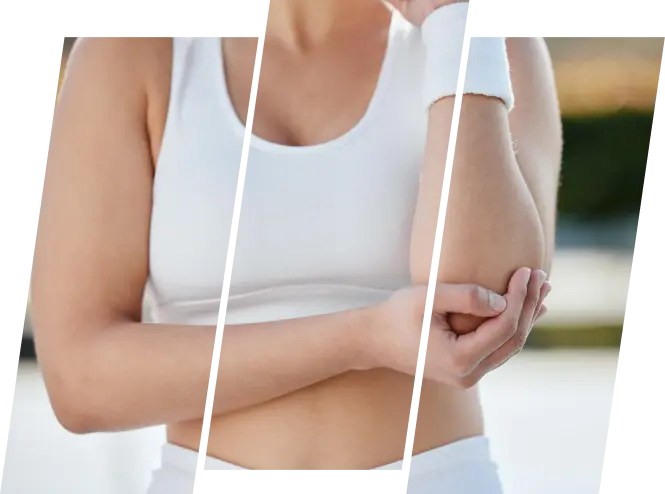
We will evaluate your health history, symptoms, and conduct functional movement tests to help determine the severity of your condition. We may use our patented 3D mobility health assessment tool to objectively measure and baseline your range of motion and stability of joints.
If your condition qualifies for conservative care options, we will present a treatment plan that includes only those modalities proven to be effective in treating your condition. This may include shockwave, PRP, light therapy, and fascial manipulation. You will be provided with at least treatment plan options and timelines with transparent out of pocket costs to you.

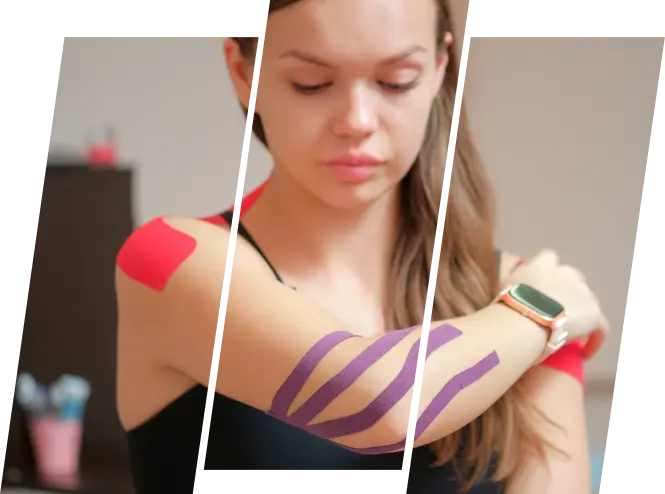
More than 62% of chronic and over 78% of acute back pain is resolved with conservative care delivered over a period of time mutually agreed to fit your schedule. Conservative care treatments work best when spread out over a 3 to 6-week period to allow adequate healing between treatment modalities
If your symptoms and condition is not eligible for conservative care, or conservative care did not produce the desired outcomes, we start with an expert/accurate diagnosis from our medical doctor pain specialists. Our medical director (6-time patented medical device inventor) will personally conduct a 90-minute comprehensive evaluation to include reviewing available imaging resulting in an accurate diagnosis and personalized treatment plan options.

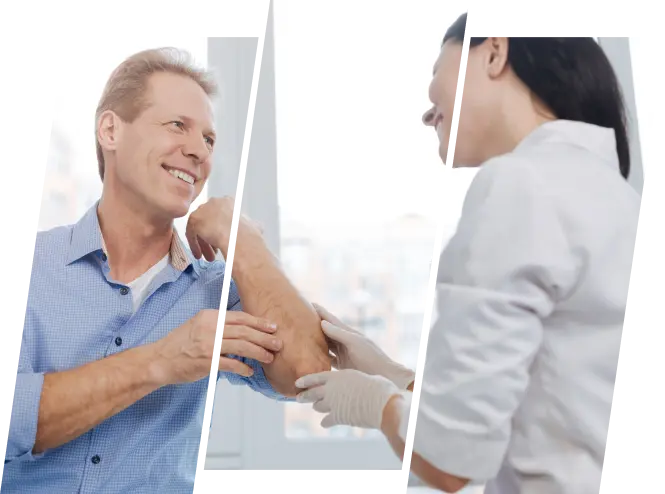
Our goal is to resolve pain, improve strength, and improve range of motion without surgery. We are consistently successful in achieving this in over 90% of cases. In those rare cases in which surgery is necessary we will guide you by finding the right surgeon we trust for your particular injury and circumstances. We are your independent experts and not financially motivated to conduct surgeries.
Golfers’ elbow (medial epicondylitis) and tennis elbow (lateral epicondylitis) are common elbow conditions characterized by pain and inflammation in the tendons. Integrative and regenerative medicine therapies offer effective treatments for these conditions. Here’s a summary of proven therapies with related studies:
Extracorporeal Shock Wave Therapy (ESWT) uses acoustic waves to stimulate healing and reduce inflammation.
Red Light Therapy, or low-level laser therapy (LLLT), uses specific wavelengths of light to reduce inflammation and promote healing.
Inflammation Programs include dietary modifications, supplements, and lifestyle changes designed to reduce systemic inflammation.
Hands-On Medical Massage involves techniques that improve blood flow, reduce muscle tension, and promote healing.
Sleep Programs focus on improving sleep quality, which can affect inflammation and healing.
Integrative and regenerative therapies such as shockwave therapy, red light therapy, inflammation programs, hands-on medical massage, and improved sleep quality have been shown to be effective for treating golfers’ and tennis elbow. These approaches help reduce pain, inflammation, and promote healing, offering patients a comprehensive strategy for managing elbow tendinopathies.
Red light therapy uses low-level lasers or light-emitting diodes (LEDs) to deliver specific wavelengths of light to injured tissues.
Red light therapy promotes healing by increasing blood flow, reducing inflammation, and stimulating collagen production. This can help in reducing pain and accelerating recovery in elbow tendinopathies.
Shockwave therapy (Extracorporeal Shock Wave Therapy, ESWT) involves using acoustic waves to stimulate healing in the affected area.
ESWT reduces pain and promotes tissue repair by enhancing blood flow and stimulating cellular regeneration in the tendons.
Bioidentical hormone therapy uses hormones that are chemically identical to those produced by the body to address hormonal imbalances.
While not a primary treatment for tendinopathies, bioidentical hormone therapy may help if hormonal imbalances are contributing to inflammation and pain. Addressing underlying hormonal issues could support overall healing.
Sleep studies assess sleep disorders that might affect overall health, including inflammation and pain management.
Poor sleep can exacerbate pain and delay healing. Identifying and treating sleep disorders can improve pain management and recovery outcomes for tendinopathies.
Inflammation therapy includes strategies to reduce chronic inflammation through dietary changes, supplements, and lifestyle adjustments.
Reducing systemic inflammation through diet, supplements, and lifestyle changes can help manage pain and promote healing in tendons affected by tendinopathy.
Each therapy plays a unique role in managing and treating elbow tendinopathies, offering comprehensive strategies for addressing these common conditions.
Golfer’s Elbow (medial epicondylitis) and Tennis Elbow (lateral epicondylitis) are overuse injuries caused by repetitive stress on the tendons that attach to the elbow. These conditions often lead to pain, inflammation, and reduced grip strength.
PBM uses light therapy to reduce inflammation, promote cellular repair, and accelerate healing in the damaged tendons and surrounding tissues.
Extracorporeal Shockwave Therapy (ESWT) delivers targeted acoustic waves to the injured tendons, stimulating tissue repair, improving blood flow, and breaking down scar tissue for long-term relief.
Yes! Hydrogen inhalation therapy combats systemic inflammation and oxidative stress, creating an optimal environment for tissue healing and reducing chronic pain.
HIFEM EMS strengthens the forearm and upper arm muscles, which support the elbow joint. Improved muscle stability reduces strain on the tendons and helps prevent future injuries.
Yes, fascial massage releases tension in the affected area, improves mobility, and enhances blood flow, providing pain relief and improving overall function.
Yes, our non-invasive therapies target the root causes of pain, reducing the need for invasive procedures or long-term medication use.
Our therapies are ideal for individuals experiencing:
Many patients experience significant relief after just a few sessions. However, a personalized treatment plan ensures optimal long-term results.
Yes, devices like PBM and H2 inhalation therapy are available for at-home use, allowing you to continue your recovery conveniently.
Absolutely. By strengthening the surrounding muscles with HIFEM EMS and improving tissue health through regenerative therapies, we help reduce the likelihood of future injuries.
Book a consultation with our team to discuss your symptoms, goals, and personalized treatment options for long-lasting relief.
See Plans & Pricing

Connect with us over our social platforms & find special deals for you!
© Copyright 2025. All rights reserved.